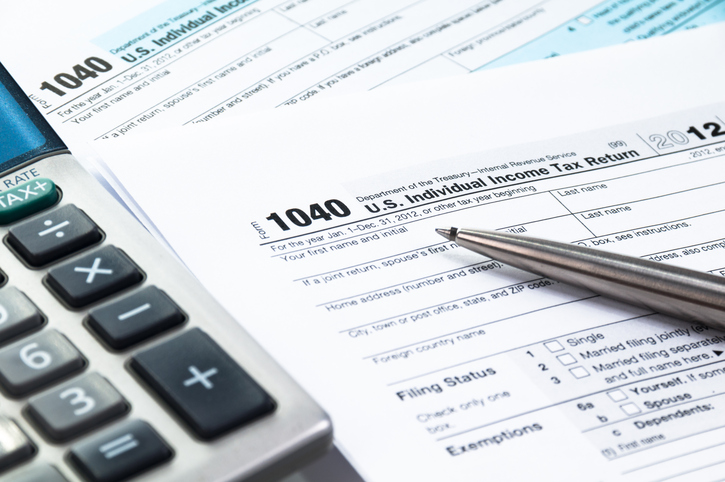
Jun 2, 2016 | Events
In an event following the release of FDA’s May 2016 “deeming rule,” which applied tobacco regulations to e-cigarettes, Alex Brill examined Congressional aspects of public policy related to the deeming rule and to e-cigarettes more broadly. Specifically, he looked at what Congress intends to do about e-cigarettes, focusing on three questions: First, what are congressional attitudes about the deeming rule and e-cigarette regulation generally? Second, is it a partisan issue? And third, looking beyond the deeming rule, how will Congress affect e-cigarette use more broadly in the future? “I think that the next battle that Congress will look to tackle with respect to e-cig products is the tax question,” said Brill.

May 9, 2016 | Op-Eds
Donald Trump’s proposal to build a wall between the United States and Mexico has been widely criticized. But the Obama administration is building its own wall around the United States. The Obama wall is built of rules that inhibit U.S. firms from pursuing inversions to escape the punishingly high US corporate tax rate. Both walls will harm Americans.

Apr 27, 2016 | Testimony
S ESOPs, which are defined contribution retirement plans that allow employees to become owners, are increasingly popular in the US…. S ESOPs exist across a wide spectrum of industries and include a meaningful number of US employees. As the US seeks to rebound from a period of tepid productivity growth, tools such as S ESOPs can improve worker commitment, reduce worker turnover, and lower production costs.

Apr 14, 2016 | News
“Using…open-source models, Brill found that doubling the standard deduction and expanding the 10 percent rate would each result in a tax cut for about 75 million middle-class Americans. Expanding the 15 percent rate would give about 30 million of them a tax cut. That’s a big gap. Expanding the 15 percent bracket, though, would deliver more than twice the added economic growth of the other options, Brill’s models projected, by incentivizing far more additional work and investment in the economy.”

Apr 12, 2016 | Analysis
Middle-class tax relief has widespread support across the political spectrum, but the consequences of different strategies for achieving this goal are not well understood. The analysis finds that either doubling the standard deduction or expanding the brackets for the 10 or 15 percent tax rates have quite different effects both within the middle class and across the aggregate economy.
















